
The world’s oldest building material is also the most environmentally friendly
In the News, MaterialsThe original version of this article was published on The Conversation.
By Abdelhak Maachi and Rodolphe Sonnier, IMT Mines Alès.
[divider style="normal" top="20" bottom="20"]
[dropcap]D[/dropcap]espite the recommendations of IPCC…
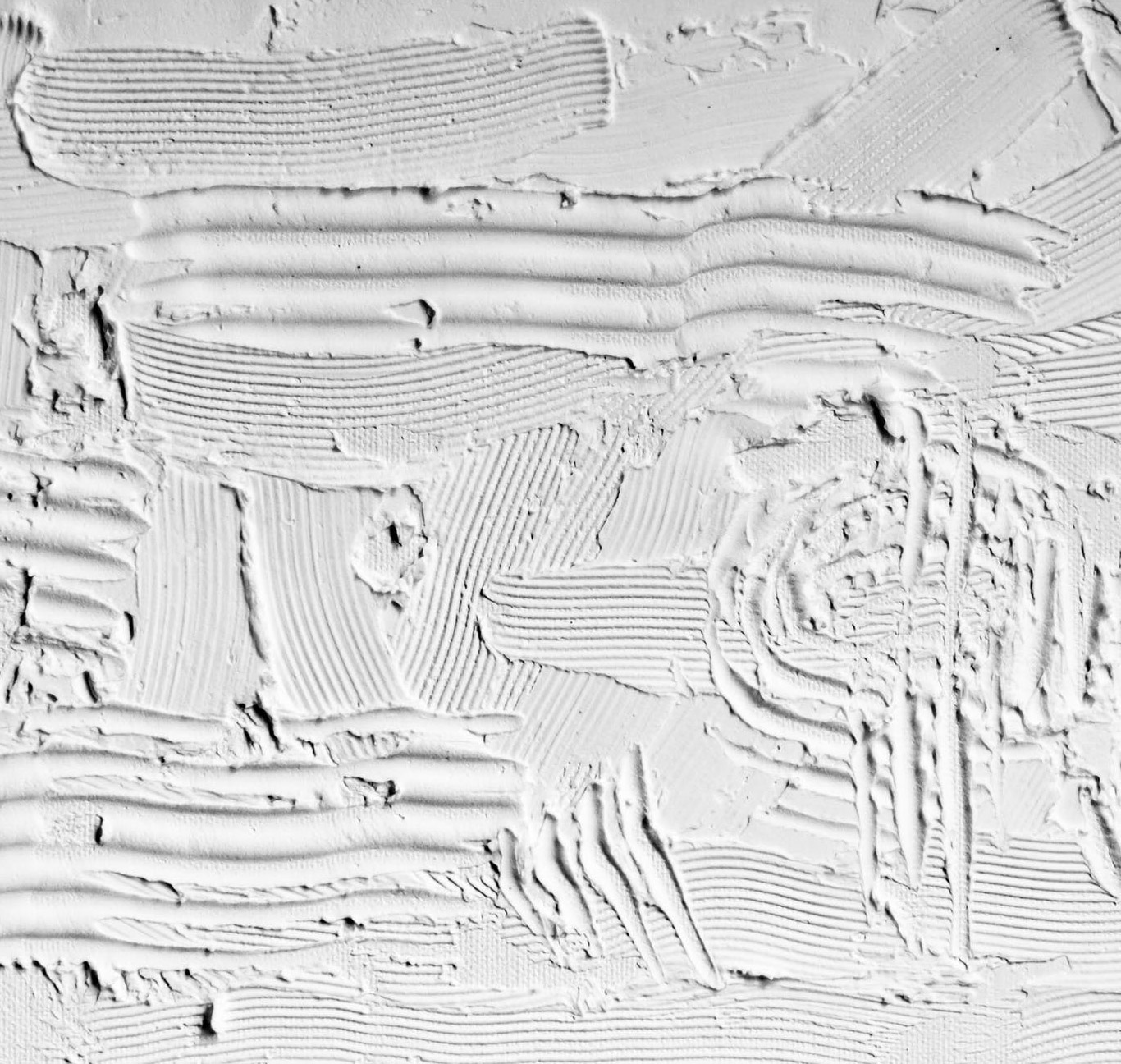
I like this, I don’t like that
In the News, MaterialsWe like the soft feel of a cat's fur, but we don't like mud, which is slimy, nearly as much. Why is this? We are told that everyone's tastes are different. But that does not keep scientists from trying to find answers. Jenny Faucheu, a researcher…

Recovering knowledge of local, traditional building materials
Europe EN, In the News, MaterialsWhy is an old country farmhouse more pleasant in summer than a modern city building? Traditional building materials and natural stone provide old buildings with better thermal and hygrometric properties. Unfortunately, they often lack the technical…
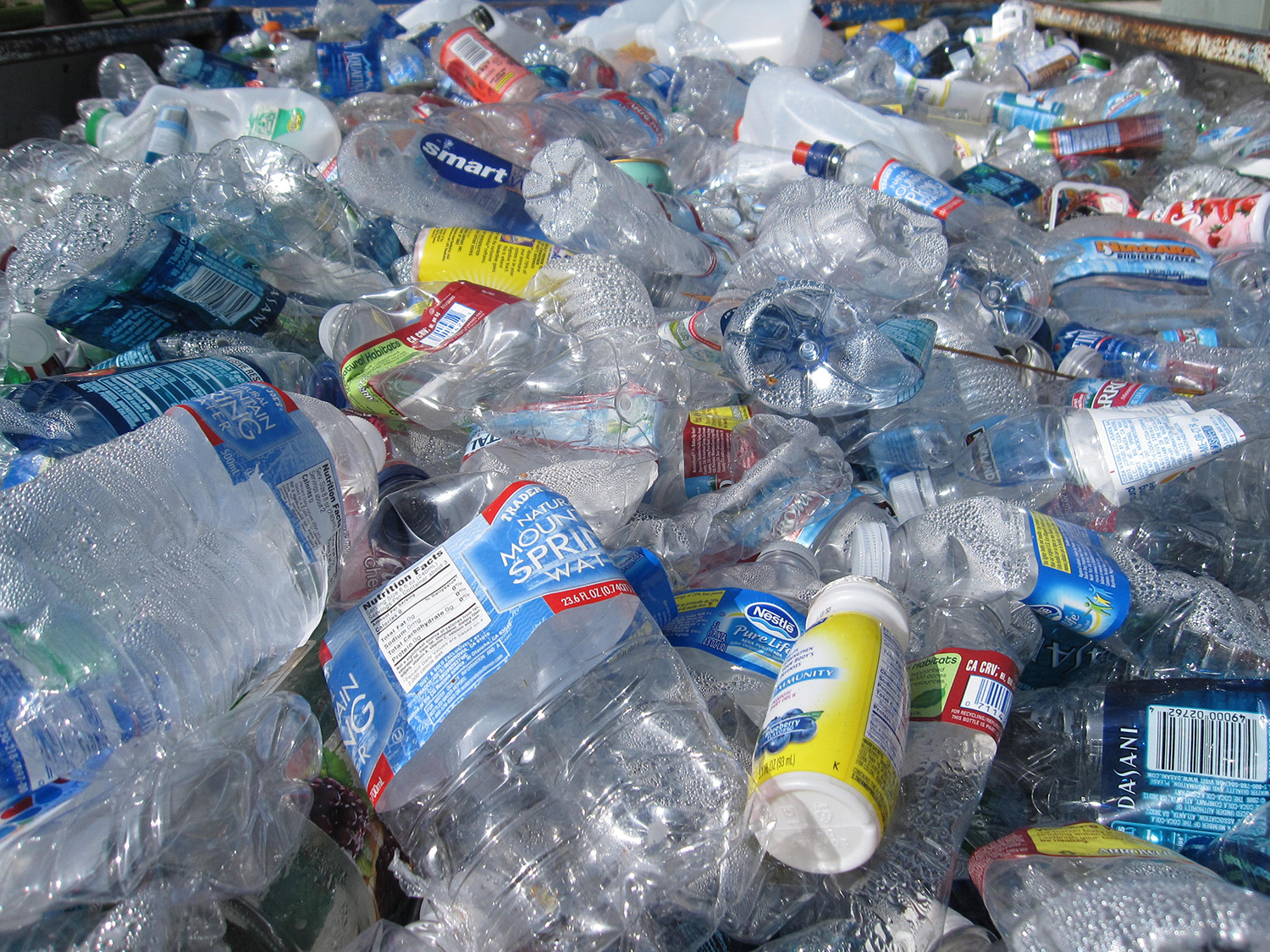
A sorting algorithm to improve plastic recycling
Digital, In the News, MaterialsProducing high-quality raw materials from waste is contingent on effective sorting. Plastics from waste electrical and electronic equipment (WEEE) are no exception. To help solve this problem, researchers at IMT Mines Alès have developed a…
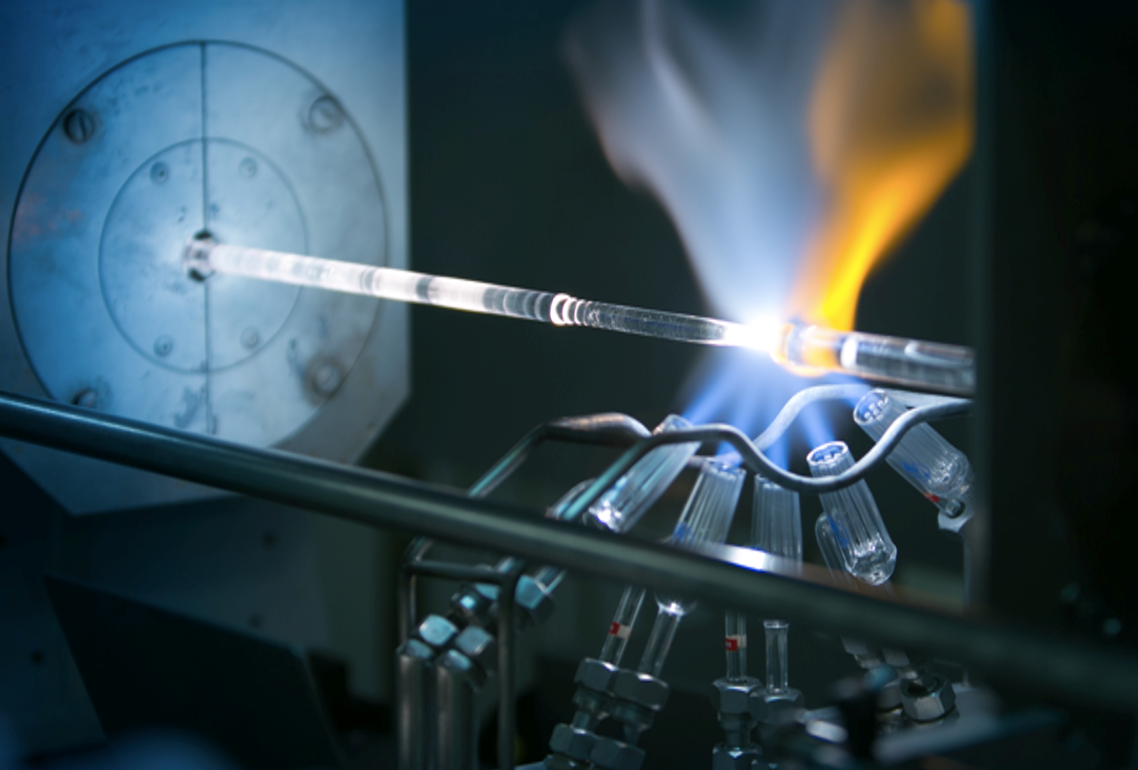
iXblue: Extreme Fiber Optics
Carnot EN, In the News, MaterialsSince 2006, iXblue, a French company based in Lannion, and the Hubert Curien laboratory [1] in Saint-Étienne have partnered to develop cutting-edge fiber optics. This long partnership has established iXblue as a global reference in the use…
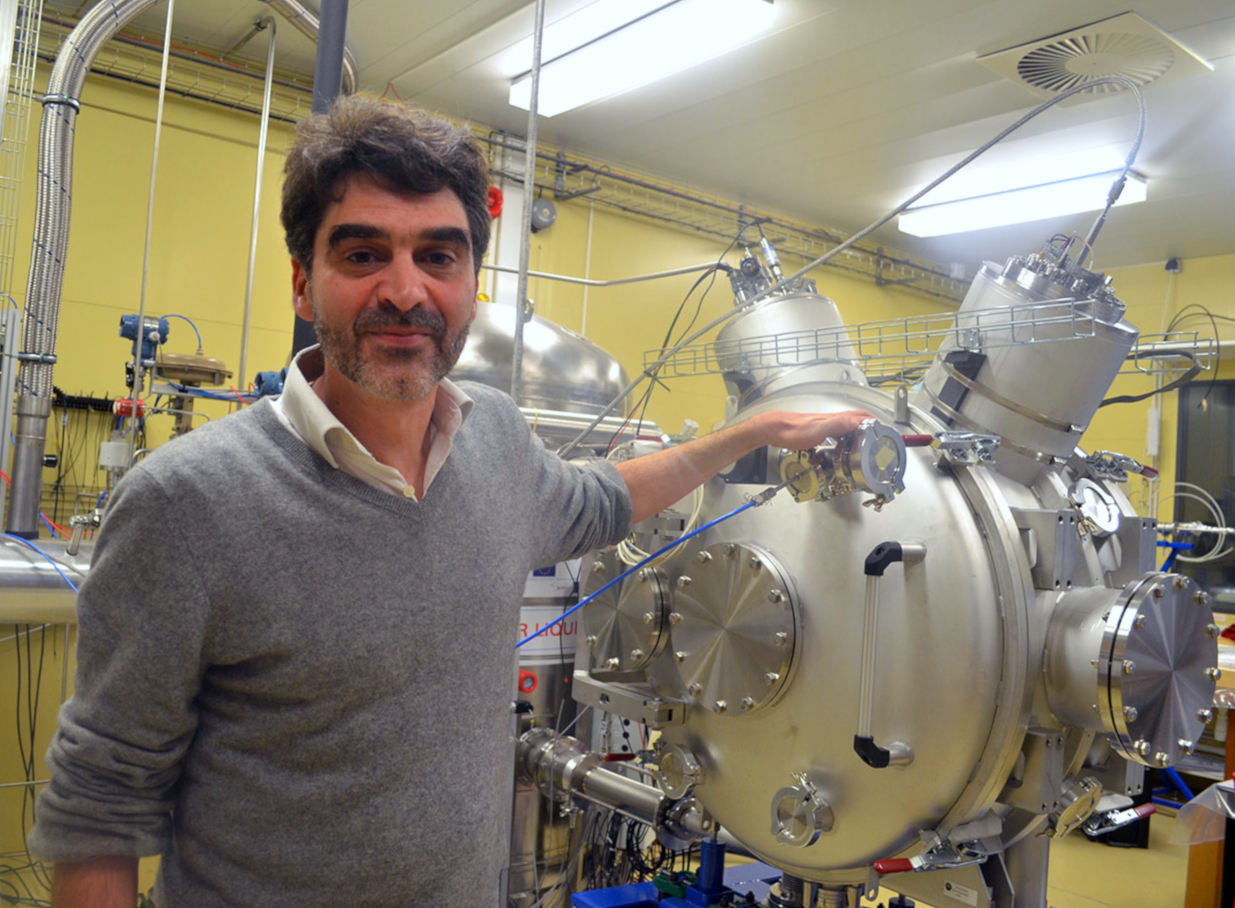
Is dark matter the key to the medical scanner of the future?
Health, In the News, MaterialsA team of researchers at IMT Atlantique is developing a new type of medical scanner called XEMIS. To create the device, the team drew on their previous research in fundamental physics and the detection of dark matter, using liquid xenon technology.…
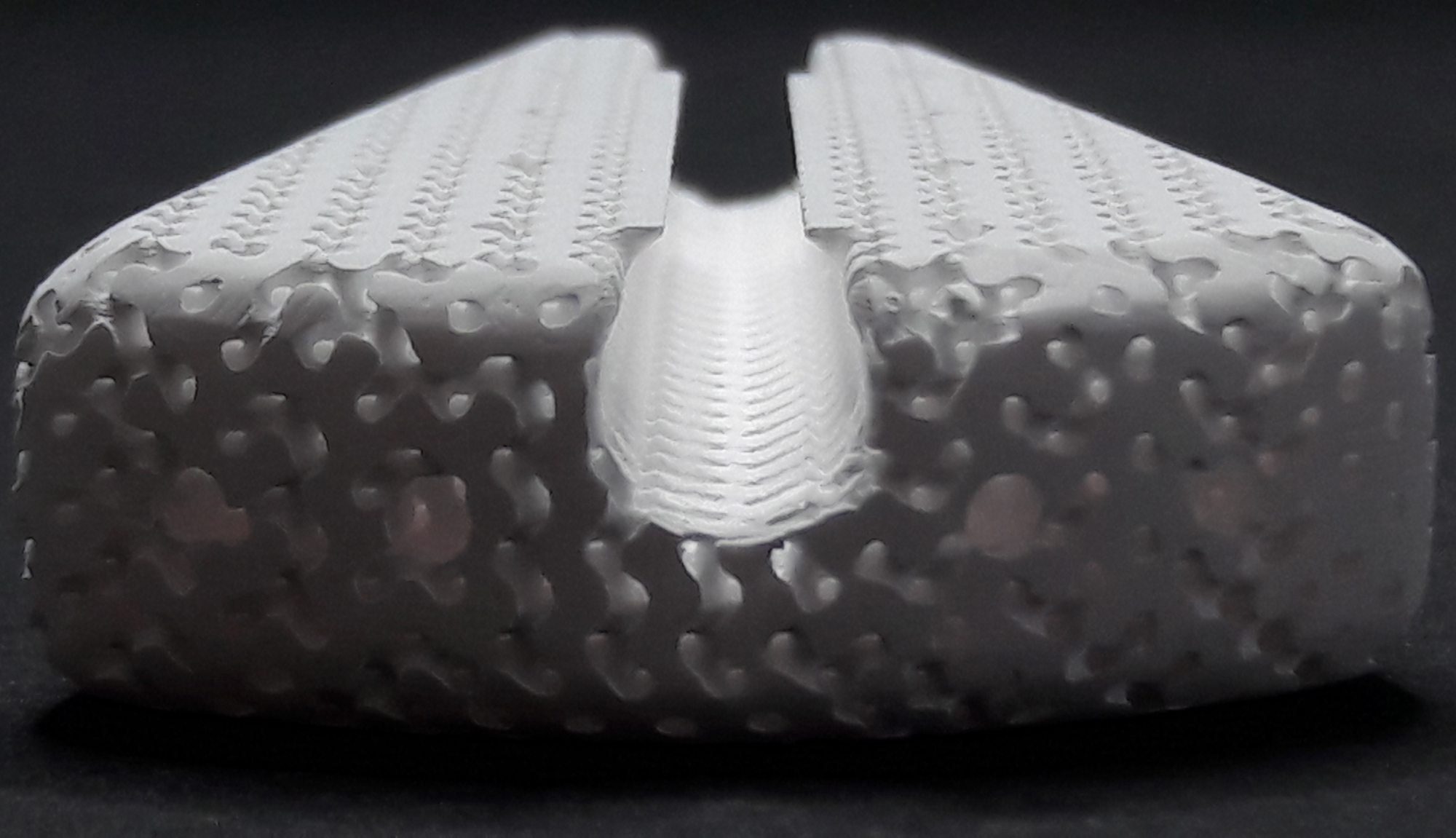
Bone implants to stimulate bone regeneration
Health, In the News, MaterialsMines Saint-Étienne's Centre for Biomedical and Healthcare Engineering (CIS) seeks to improve healthcare through innovations in engineering. David Marchat, a materials researcher at CIS, is working on developing calcium phosphate-based biomaterials.…

An “electronic nose” analyzes people’s breath to help sniff out diseases
Health, In the News, MaterialsIn partnership with IMT Atlantique, a team of researchers at IMT Lille Douai have developed a device which can measure the level of ammonia in someone’s breath. The aim of the artificial nose is to use this device to create a personalized…

When microorganisms attack or repair materials
In the News, MaterialsSome microorganisms can seriously damage structures made of concrete or stone, leading to billions of euros in damage. Others, on the contrary, have a positive effect as they are able to heal micro-cracks.
They are microscopic, but…

Polybioskin, natural skin through more ethical products
Europe EN, In the News, MaterialsSkin contact products, whether for medical, sanitary or cosmetic purposes, have two major drawbacks: they are neither recyclable nor biodegradable. The Polybioskin H2020 project aims to correct these aspects which are out of step with consumers'…

